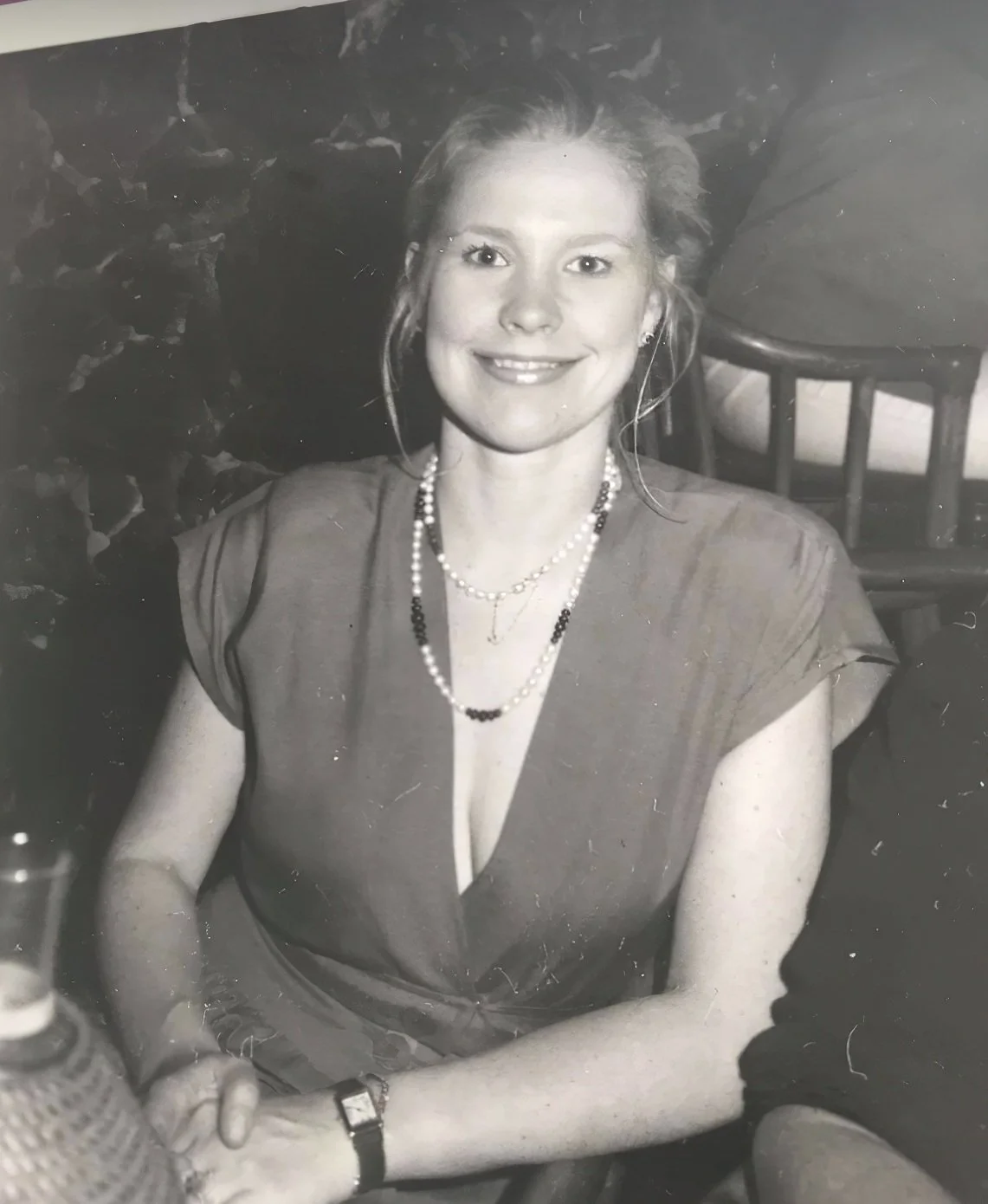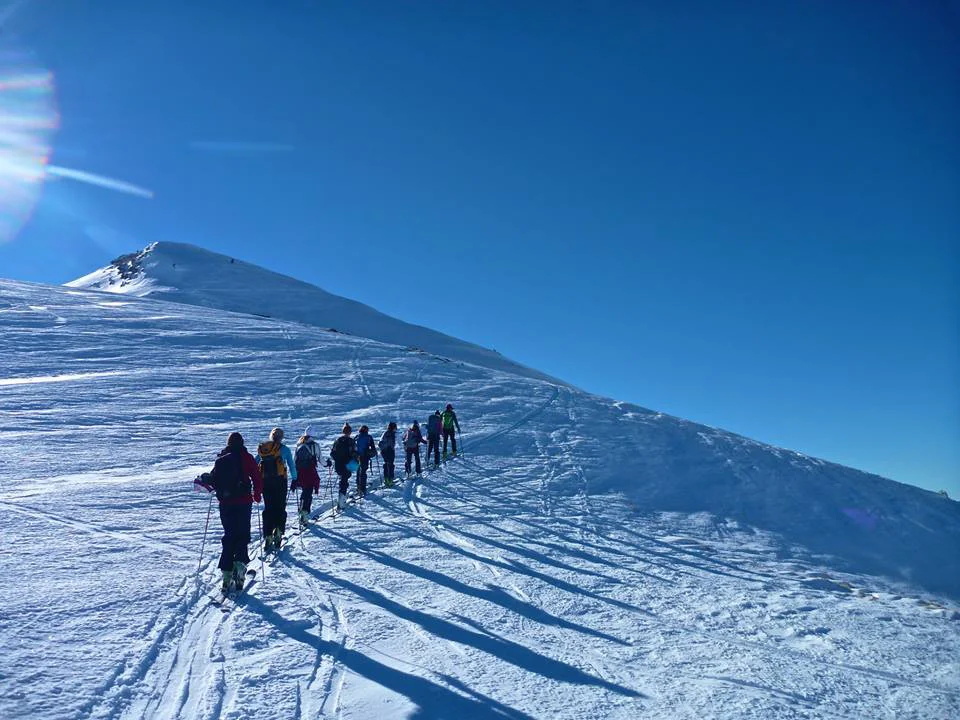In Memoriam
1959–2024
Christina Stolzlechner Woods
Christina (née Stolzlechner) Woods, a generous patron of QBE, passed away February 7, 2024, at the age of 65, after a courageous battle against an aggressive cancer. Her kind financial support helped us weather the COVID pandemic and reboot our expeditions in 2022.
Christina will be remembered by many as an outstanding competitive skier (hailing from an illustrious Austrian ski-racing family). Her father Hans Stolzlechner was a coach for the Austrian national team, her brother Nils was a member of the American national ski team, and her godfather was the legendary Toni Sailer, winner of all three Alpine skiing gold medals at the 1956 winter Olympics in Cortina d’Ampezzo, Italy.
Born in Munich in 1959, Christina grew up in Kitzbühel, Austria. She helped anchor the women’s ski teams at Aiglon College (high school) in Chesières, Switzerland, and at Scripps College, in California. After she graduated with a BA in 1980, she moved to San Francisco. There, she made use of her fluency in multiple languages to launch a successful career in international luxury travel and hospitality. In 2009, she moved with her husband to Vallejo, California, where in her spare time she enjoyed photography, gardening, Mozart, and watching weekly sailing regattas from the deck of their bayside cottage.
She is survived by her husband Guy Woods, her sister Dorothy Stolzlechner, her brother Nils Stolzlechner, her mother Greta Breeden, other dear family members, and her countless close friends who all forever will remember her boundless optimism and relentlessly cheerful disposition. She will be greatly missed.
Godspeed Christina. And thank you.




